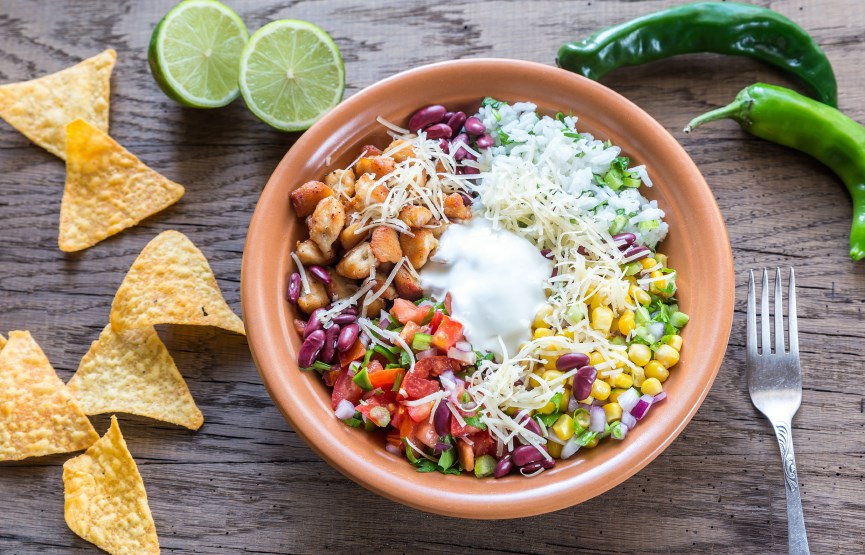Fibre. We all know that we need it – it's been drilled into our brains since childhood – but do most people know why, or what fibre even is? The common benefit we’re all aware of is that it keeps us “regular”, but it has so many more effects on your overall health than you may know, and the way it interacts with your body might surprise you.
So what is fibre anyway? Dietary fibre is the indigestible parts of plants, made up mostly of carbs, and there are two categories: soluble fibre, which is dissolved in water and is metabolized by the gut, and insoluble fibre which does not dissolve in water. Soluble fibre can't be digested, but it absorbs water to become a gelatinous substance that passes through the body. Insoluble fibre is mostly unchanged as it passes through the body and adds bulk to feces.
Both types are present in all plants, but in varying degrees. Soluble fibre include fruits, barley, beans, lentils and oats, while insoluble fibre include whole grains, rice bran, nuts and seeds.
Most people don't think of veggies and fruit, or any other factors that go along with keeping the movement of our bowels regular, such as drinking adequate amounts of water, in order for the fibre to do its thing. Whole foods like fruits and veggies contain both soluble and insoluble fibre, though.
Unlike carbs and proteins, which are absorbed into the bloodstream before they make it to large intestines, fibre reaches the large intestines relatively unchanged, providing a good food source for our gut bacteria (which have the enzyme to be able to digest most fibres).
Fibre is not just great for keeping you and your bathroom visits on schedule, though; it has many great benefits to our health that we take granted. Here are a few more reasons to add more fibre in your diet.
Blood Sugar - Because it doesn't give your body a spike in blood sugar like some other foods do, it keeps your blood sugar levels sustained longer, without that horrible afternoon sugar crash.
Weight Control - Soluble fibre slows down digestion, helping you feel full longer.
Skin Health - Fibre has been known to remove bad yeast (cause we are feeding the good guys) and fungus from the body, and doesn't force them to be secreted through your skin, which can cause acne and other skin issues.
Gallstones & Kidney Stones - Because of its ability to regulate blood sugar, a diet high in fibre also helps to reduce the risk of gallstones & kidney stones.
Burrito Bowl (can be vegan)
Brown rice
Beans of your choice
Grilled/Baked Zucchini, Eggplant, Yam
Greens, like lettuce, Kale or spinach
For the rice:
1 cup brown rice
2 cups water
½ tsp butter
Bring to a boil then cover and simmer until ready.
For the black beans:
Using canned beans, make sure to rinse them really well then heat them up on low.
Using dried beans, there are two options, both require prepping 24hr before making this meal:
Version 1: In a slow cooker, submerge beans in water and cook on low overnight. When they are ready, make sure to rinse them and transfer to a pot to heat.
Version 2: Soak beans in water overnight, rinse thoroughly and transfer to a pot, submerge in water and cook on medium heat with bay leaf or piece of seaweed. DO NOT add salt as this will slow down the cooking process. If you wish to add spices wait until the beans are fully cooked.
I like to add a bit of chili powder and oregano to my beans for a little kick, but they taste just as good plain or with a little sprinkle of salt.
For the salsa:
2 tomatoes-diced
1/2 red onion-chopped
2 cloves garlic-crushed
1/2tsp olive oil
1 tsp apple cider vinegar
Mix together in a bowl and let sit in fridge for 30 min before serving.
Serve rice, beans and salsa together on a bed of greens topped with avocado, chopped cilantro and freshly squeezed lime juice.
Add grilled/broiled veggies. Craving sour cream? Try adding a spoonful of yogurt instead!



